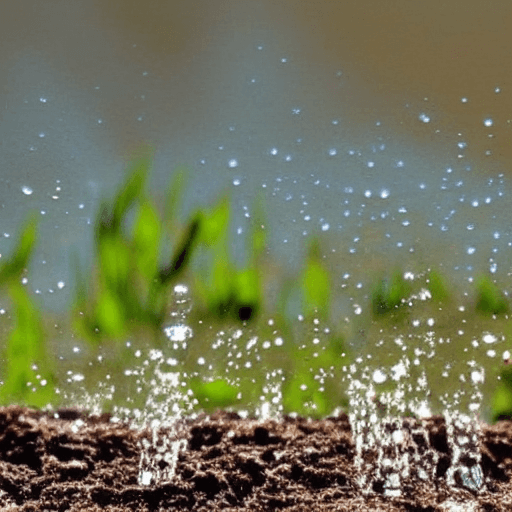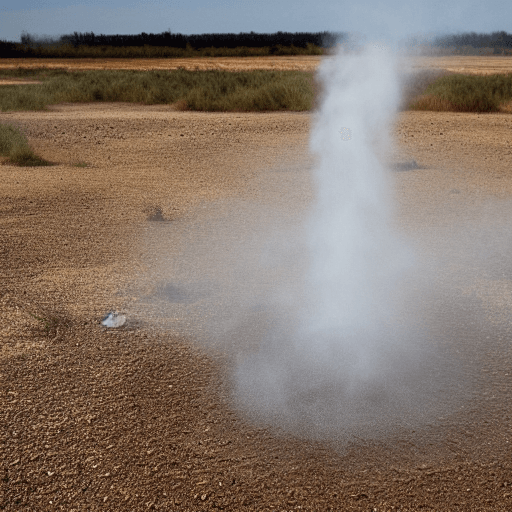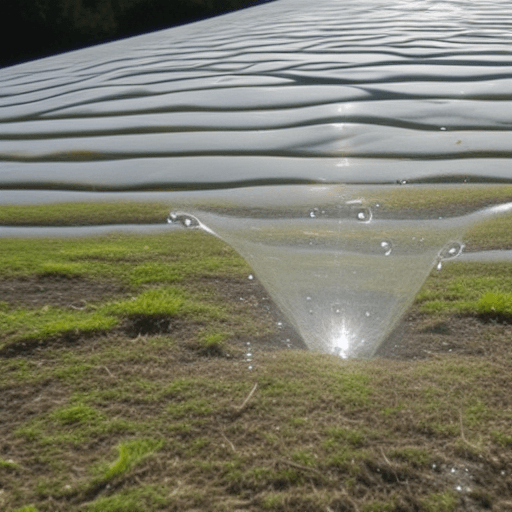Is evaporation endothermic or exothermic?
Evaporation is the process of a liquid turning into a gas.
This can happen through different means, such as when water turns into steam or when alcohol evaporates.
Today we will explore the science behind evaporation and answer the question of is evaporation an endothermic or exothermic reaction.

The process of evaporation is endothermic.
Explain It To A Child
The process of evaporation is endothermic, which means that it requires energy to convert liquid water into water vapor. This energy comes from the surrounding air, which cools as the water evaporates.
When a liquid evaporates, it takes energy from its surroundings to change into a vapor.
This is because evaporation requires that the molecules in the liquid break free of the attraction of other molecules in order to become a gas.
This process always requires energy, which is why evaporation is always endothermic.
Is evaporation endothermic or exothermic?
The process of evaporation is endothermic, meaning that it requires energy to convert liquid water into water vapor.
This energy comes from the surrounding air, which cools as the water evaporates.
The heat of vaporization, or the amount of energy required to evaporate a given amount of water, is dependent on the temperature and pressure of the air.
- For example, at lower temperatures and pressures, less energy is required to evaporate water.
- As a result, evaporation is an important part of the Earth’s climate and weather patterns.
- Heat is transferred from the land and ocean surface to the atmosphere through evaporation, cooling the surface and creating atmospheric circulation patterns.
The process of evaporation and why it’s endothermic
Evaporation is the process by which a liquid is turned into a gas.

It occurs when the molecules of a liquid gain enough energy to break free from the surface of the liquid and enter the air as vapor.
The process of evaporation is endothermic, meaning that it absorbs heat from the surrounding environment.
This can be seen on a hot summer day, when bodies of water such as lakes and pools are cooler than the air around them.
As the water evaporates, it takes heat from the air, cooling both the water and the air.
This process also explains why sweating is an effective way to cool down on a hot day.
As sweat evaporates from the skin, it takes heat away from the body, helping to keep us cool.
Why is the evaporation of water endothermic but spontaneous?

When water evaporates, it takes heat away from its surroundings.
This happens because the water molecules are moving faster when they turn into vapor, and they need to absorb energy to do so.
The process of evaporation is therefore endothermic. However, it is still spontaneous because the entropy of the universe increases when water evaporates.
This is because the water molecules are more ordered when they are in a liquid state than when they are in a gaseous state.
When they evaporate, they become less ordered and increase the entropy of the universe.
Evaporation an endothermic process explain in terms of intermolecular forces
Any time you see a liquid turning into a gas, you are witnessing evaporation.

It’s an endothermic process, which means it absorbs heat.
In order for evaporation to occur, the molecules of the liquid must have enough energy to overcome the forces that are holding them together.
- For example, when water is heated, the molecules gain enough energy to break away from the rest of the liquid and turn into vapor.
- The vapor then rises into the air, where it will eventually condense back into a liquid.
- The process of evaporation can be used to cool down a hot object. For example, when you sweat, the evaporating water helps to cool your skin.
- Similarly, evaporation is used in many cooling systems, such as refrigerators and air conditioners.
As long as there is a source of heat, evaporation can occur.
Examples of evaporation as an endothermic process
When water is heated, the molecules begin to move faster and bump into each other more frequently.
This eventually causes the water to turn into vapor (evaporation).
The process of evaporation is endothermic, meaning that it absorbs heat from the surroundings.
As a result, evaporation can be used to cool things down.
For example, when you sweat, the evaporation of your sweat helps to cool your body.
Similarly, evaporating water can be used to cool food and drinks.
This is why chilled foods are often kept in containers with ice-cold water; as the water evaporates, it absorbs heat from the food, keeping it cold.
In general, any time you see water vapor condensing on a surface (e.g. a cold glass of water on a hot day), it’s because the evaporation process is taking place.
By absorbing heat from the surrounding environment, evaporation can have a cooling effect.
Thus, evaporation is an endothermic reaction that has a cooling effect on the environment.
Article Sources
Jacks of Science sources the most authoritative, trustworthy, and highly recognized institutions for our article research. Learn more about our Editorial Teams process and diligence in verifying the accuracy of every article we publish.
